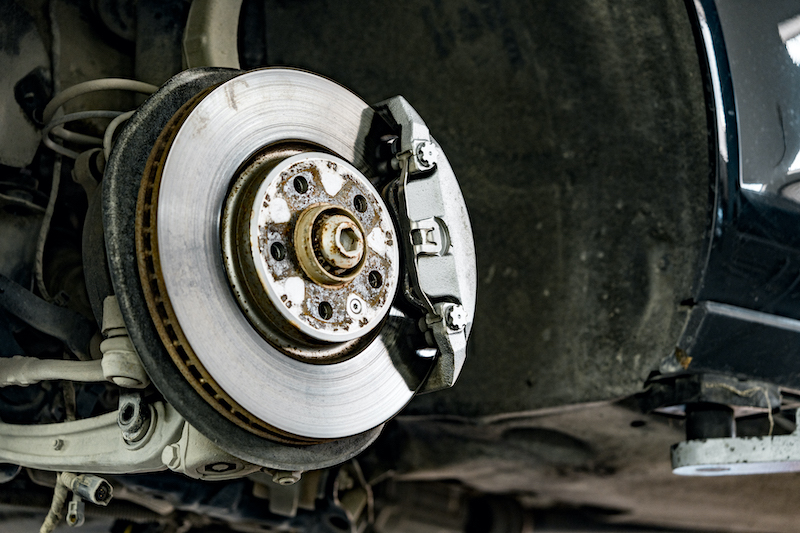The Ultimate Guide to Car Engine Cleaning
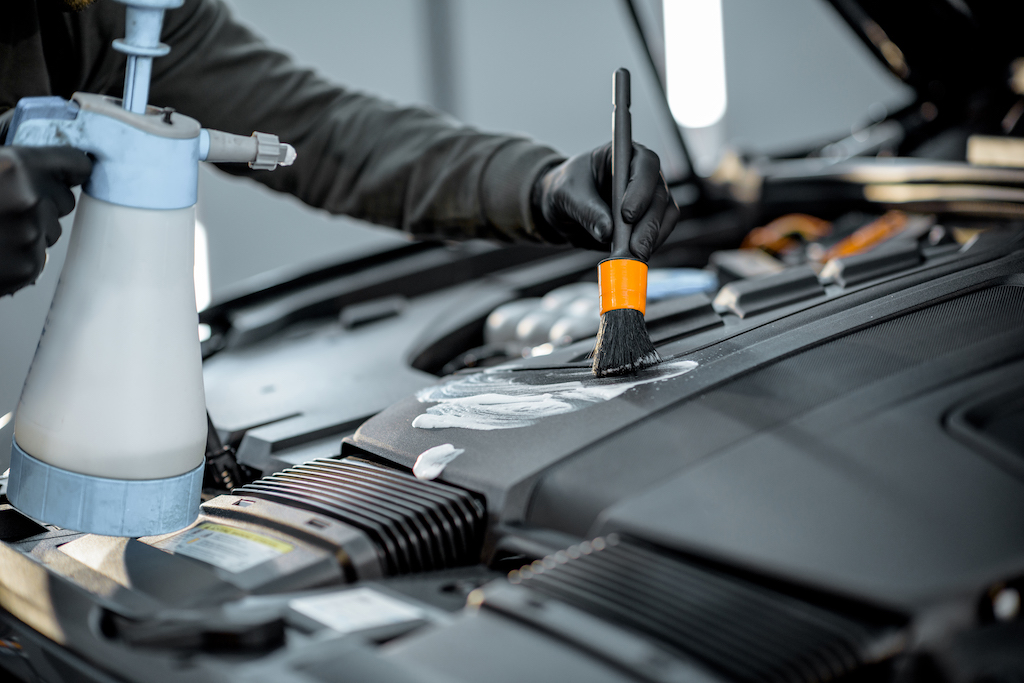
Your car’s engine is what keeps it running, which is why maintaining this car part is essential for its performance. Regular cleaning not only enhances its aesthetic appeal but also ensures its longevity and efficiency.
In this blog, we’ll equip you with the knowledge and techniques needed to effectively clean your car’s engine, regardless of your level of expertise. From basic cleaning tips to advanced methods, we cover it all, providing step-by-step instructions.
We’ll talk about the importance of keeping your engine clean and discuss how dirt, grime and debris can impact performance and lead to costly repairs if neglected. We’ll also explain the safest practices, ensuring that you maintain your engine’s pristine condition without causing any damage.
If you’re looking to take better care of your vehicle, this ultimate guide to car engine cleaning can help you out. Let’s begin!
1. Preparing Your Engine for Cleaning

Before you start cleaning your engine, it’s important to get it ready properly to make sure that the process goes smoothly and safely. Firstly, if you’ve been driving, let your engine cool down completely to avoid any chance of getting burned by touching hot surfaces.
Then, cover up the delicate parts like the alternator, air intake, and electrical connections with plastic bags or aluminium foil to keep them from getting damaged by water. Additionally, don’t forget to disconnect the battery to lower the risk of any electrical accidents.
Lastly, give your engine a quick once-over to get rid of any loose dirt or debris using a soft brush or compressed air. By taking these preparation steps, you can ensure that you have a safer cleaning experience and get better results in the end.
2. Choosing the Right Cleaning Products and Tools
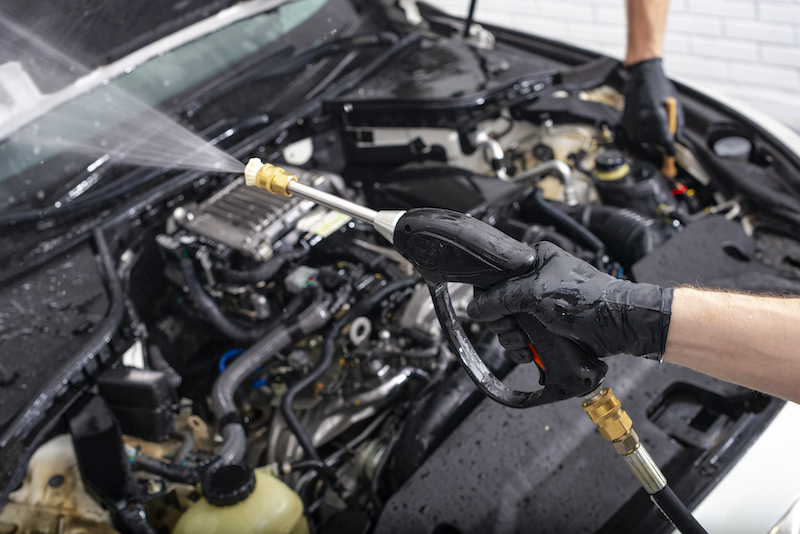
Selecting the appropriate cleaning products and tools is important to ensure a thorough and safe engine cleaning process. Look for degreasers made specifically for engines because they’re good at breaking down grease and grime without causing damage.
Additionally, choose soft-bristled brushes, microfibre towels, and detailing brushes to gently scrub and clean the tricky areas without scratching any surfaces. Avoid using rough materials or harsh chemicals that could corrode or damage your engine components.
If possible, you could also consider investing in a pressure washer with adjustable settings to control the water pressure and prevent it from getting into any sensitive parts. By carefully picking the right products and tools, you’ll get the results you want while safeguarding your engine’s integrity.
3. Step-by-Step Engine Cleaning Process
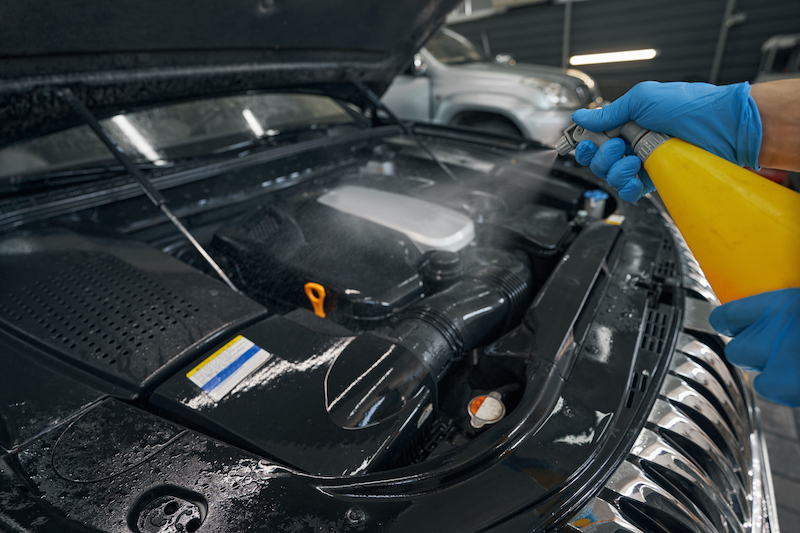
When it comes to car engine cleaning, you have to follow a clear, step-by-step plan to make sure that you do a thorough job and stay safe. Start by spraying some degreaser all over the engine, especially on the dirtiest spots, and let it sit for a while.
Then, grab a soft brush and gently scrub the engine to loosen up all the dirt and grime, making sure to get into the nooks and crannies of the intricate parts. After that, give the engine a good rinse with a gentle stream of water, being careful not to spray directly on any electrical parts.
Once you’ve rinsed it off, use a microfibre towel or compressed air to dry off the engine and prevent any water spots. Finally, take off any coverings you put on earlier and connect the battery back up. If you stick to these steps, you’ll end up with a clean engine that’s in great shape.
4. Drying and Protecting Your Engine Post-Cleaning
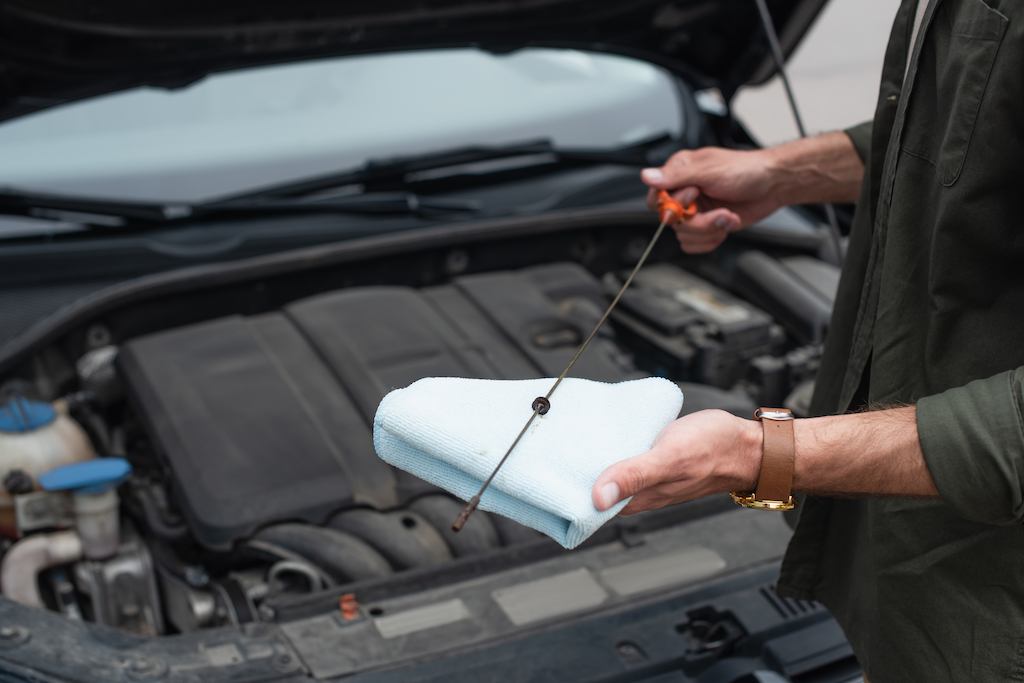
After completing the cleaning process, it’s important to properly dry and protect your engine to prevent moisture-related issues and keep it running smoothly for a long time. Use a clean microfibre towel or compressed air to carefully dry all the surfaces, ensuring no water residue remains.
Pay special attention to areas where water might have accumulated, such as in tight spaces or around electrical components. Once it’s dry, apply a suitable engine protectant or dressing to the plastic and rubber components to keep them safe from environmental elements and UV damage.
This final step not only enhances the engine’s appearance but also provides long-lasting protection, keeping your engine looking and performing its best for many more miles.
5. Regular Engine Maintenance
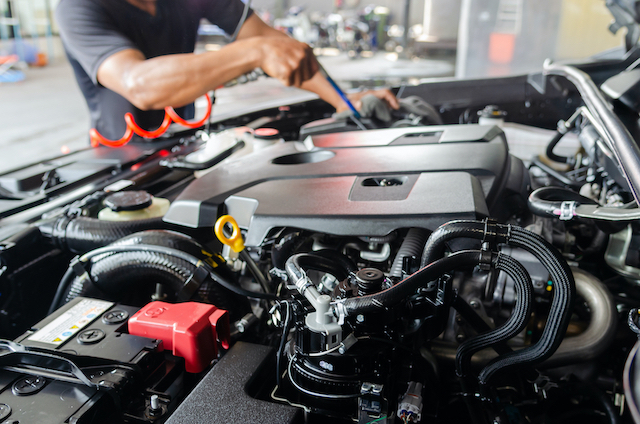
Beyond cleaning, you also need to maintain your car engine to keep it in good shape. Make sure that you stick to a schedule for oil changes to avoid any unnecessary wear and tear.
Keep an eye on your air filters and swap them out when they get too dirty to keep the air and fuel flowing properly. Check the belts, hoses and spark plugs regularly for any signs of damage and replace them if needed to mitigate the risk of breakdowns.
Moreover, don’t forget about your fluids – check the levels of the coolant and brake fluid and top them up as needed to avoid any overheating or brake problems. By keeping up with all these maintenance tasks, you’ll keep your engine running smoothly for years to come and save yourself from costly repairs down the road.
For High-Quality Car Engine Parts, Choose Online Automotive’s Collection
Now that you know how to perform thorough car engine cleaning, if you find any worn-out engine parts that need replacing, we’ve got you covered!
At Online Automotive, we offer a comprehensive selection of high-quality replacement parts, carefully curated to meet your car repair needs. Our competitive prices also ensure that you get the best value for your money.
With expert product descriptions and responsive customer support, we strive to make your shopping experience seamless. Trust us to be your reliable partner in the world of DIY car repairs, ensuring that your journey is convenient and hassle-free.
Explore our range of products and get in touch with us today!




